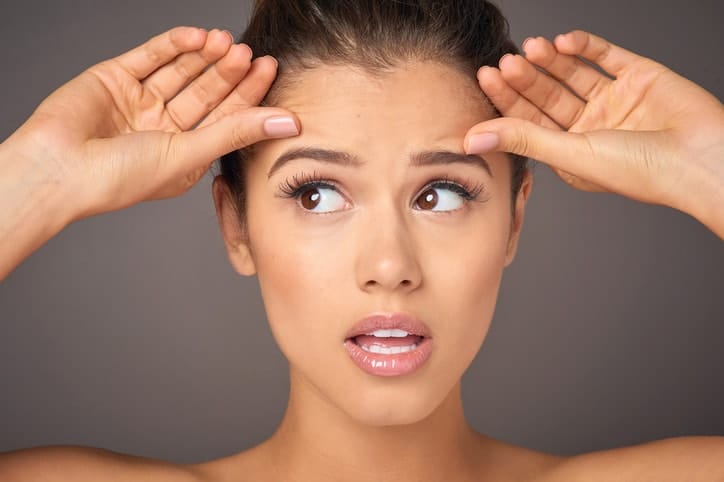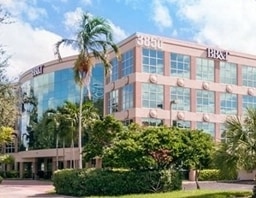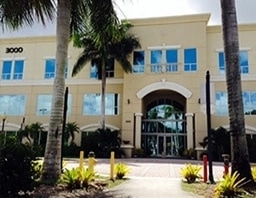
As we age our skin loses collagen, a protein that gives structure and elasticity to our skin, fingernails, hair, ligaments, tendons, and more. When collagen production wanes, skin doesn’t bounce back easily, leaving our faces with creases and wrinkles – telltale signs of a lifetime of laughing, smiling, squinting, and frowning. While wrinkles are a normal part of life, science has given us a way to fight back against aging with treatments like Botox and Dysport. These injectable medications are effective in lessening the appearance of creases, lines, and wrinkles, and can give you a more confident, youthful expression.
How Are Botox and Dysport Similar?
Botox and Dysport are both FDA-approved neurotoxins (botulinum toxin A) formulated to reduce the appearance of lines and wrinkles. Both of these medications relax muscle tissue, preventing the muscles from contracting. After these medications are injected, nerve impulses controlling muscle contraction are blocked temporarily. While the medication is in full effect, wrinkles are noticeably smoother. However, wrinkle treatment with Botox and Dysport is temporary. Depending on how you react to the medications, you may enjoy three to six months of wrinkle reduction before the medication wears off and you need another treatment. Botox and Dysport are recommended for patients aged 18 to 65.
How Are Botox and Dysport Different?
Although Botox and Dysport use the same neurotoxin for wrinkle reduction, there are some tangible differences:
- Dilution: Dysport uses a higher dilution formula than Botox, meaning you’ll need more units of Dysport per treatment area. A unit of Dysport costs significantly less than a unit of Botox, so you’ll pay about the same regardless of which treatment you choose.
- Molecular Size: Dysport is formulated with a smaller molecular structure, making it work faster and spread to a larger area with fewer injections than is possible with Botox. This is desirable in some treatment areas but not in others.
- Diffusion: Because it spreads out in a larger area than Botox, Dysport is beneficial for large treatment areas. However, it’s less effective than Botox in treating small areas or places with thicker muscles.
Since no scientific studies have been performed to measure if one formulation is superior to the other, you may opt to try both formulations at different times and decide which one works best for you.
What Are the Benefits of Botox and Dysport?
Both Botox and Dysport are effective in reducing the appearance of fine lines and wrinkles. The injections are safe when administered by a physician or licensed aesthetician in a clinical setting. These medications work quickly, are relatively painless, and allow you to resume your daily activities immediately after your appointment. Expect to notice a marked reduction in frown lines between the eyebrows, crow’s feet, and forehead wrinkles for at least four months after treatment. Some patients report up to six months of wrinkle reduction.
What Are the Risks of Botox and Dysport?
Botox and Dysport are considered to be safe medications with few risks. Common side effects after Botox injections can include:
- Minor pain at injection sites
- Bruising
- Redness
- Swelling
- Numbness
- Headache
Side effects of Dysport include:
- Slight pain at injection sites
- Skin reactions
- Swollen or droopy eyelids
- Headache
- Upper respiratory infection
- Sore throat
If you’re interested in finding out if Botox or Dysport is right for you, make an appointment today with one of the expert dermatologists at Hollywood Dermatology at one of our convenient South Florida locations.






